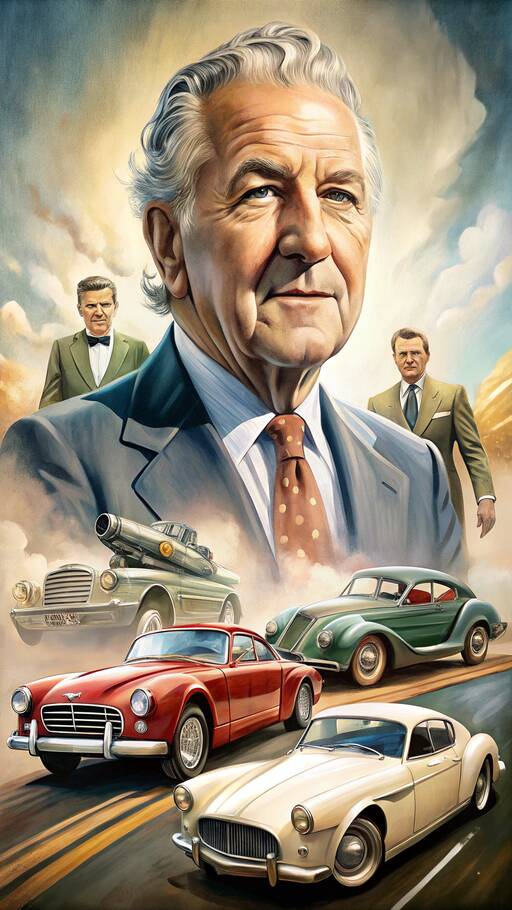
- Born: December 1, 1929, Detroit, Michigan
- Education: Mechanical Engineering at Michigan State University
- Ford Entry: Joined in 1957 as a product planner
Sperlich's foresight into the youth market led him to promote a compact, stylish vehicle. Despite opposition, he saw potential in transforming the Ford Falcon into what became the Mustang, with Henry Ford's reluctant approval. Sperlich was instrumental in the Ford Le Mans program, collaborating with Carroll Shelby after a failed Ferrari acquisition attempt.
In the 1970s, Sperlich pushed for smaller vehicles, leading to collaborations that resulted in the compact Ford Courier and the first front-wheel-drive Ford Fiesta. His vision was to provide practical and economical options to consumers.
- Conflict at Ford: Radical ideas clashed with Ford's financial priorities
- Chrysler Shift: Joined in 1977, led segment-changing innovations
Sperlich's concept for a compact, front-wheel-drive van was initially dismissed at Ford but took shape at Chrysler with the introduction of the Dodge Caravan and Plymouth Voyager. This innovation changed family transportation forever, earning recognition from Car and Driver for breaking the mold of traditional vans.
Sperlich served as President of Chrysler through the K-car developments and retired in 1988. His influence on the automotive world was profound, earning him an induction into the Automotive Hall of Fame in 2009. Even in retirement, he advocated for innovative, efficient designs.
Join us in saluting Hal Sperlich, whose visionary work laid the groundwork for the vehicles you see today.
Summary: Hal Sperlich's visionary approach significantly impacted automotive design, from Ford's Mustang to Chrysler's minivan. His efforts at both companies ushered in new eras of innovative and affordable transportation, leaving a lasting legacy in the automotive industry.